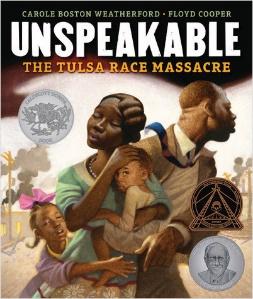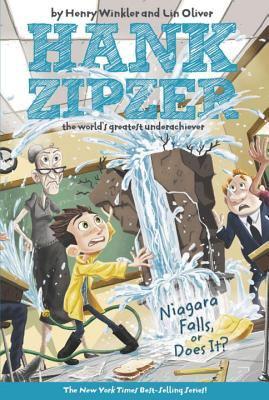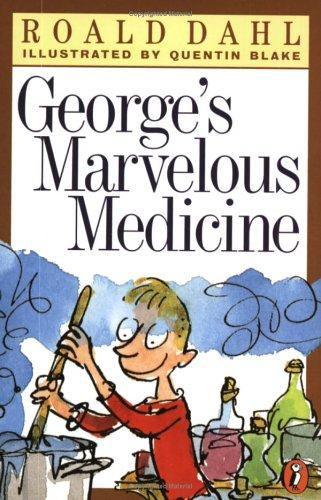January 9th is National Fourth Graders Day in America.
Why do we celebrate fourth graders? Because these kiddos are about to embark on a very different learning journey. A school day filled with practicum in math, reading, writing, social studies, science, art, music, language, and fitness. That’s a lot of information to absorb. There are new schedules to follow, various teachers to work with, and new friends, foes, and activities.
Fourth grade is a critical junction for early learners, especially for those who have been identified with learning disabilities, like dyslexia. Students begin to study more complex materials, and learn higher vocabulary words. They must keep the academic pace of learning going to build a growth mindset.
Students with reading deficits may be given an IEP or 504 plan that enables them to receive extra support and resources, like audiobooks, to ensure equitable access to curriculum, popular titles, and culturally-relevant books they can identify with. You can learn more about eligibility and signs of dyslexia with Learning Ally’s Dyslexia Screening Tool.
As their learning environment changes, so does their self-awareness. Children begin to recognize who they are as learners, how they behave in social situations, and who their teachers are. They have higher communication skills – more questions, opinions, and passions. They carry likes and dislikes, emotions, and feelings. They have developed their imaginations, creativity, and personal interests. They carry diversity, cultures, traditions, and self-identities.
Ideally, they have been equipped with the essential early learning reading skills necessary to be a good learner. Comprehension is the key to the gateway of all future learning. With the right PreK-3 evidence-based reading preparation, grounded in the science of reading and brain-based learning, and with solid skills in phonemic awareness, decoding, vocabulary, background knowledge that has been intertwined with rich language-based literacy experiences, these fourth graders are “energizer bunnies” ready to tackle fourth grade.
How can you ensure your child is a comprehensive reader? Fuel their passions!
There’s never a better time to make reading a priority in your home. Start a family literacy night. Read to each other. Create a reader’s theater. Celebrate the joy of reading every day! It’s easy to become a member of Learning Ally, and browse tens of thousands of audiobooks by title or personal interests, ISB number, author, grade, Lexile level, or subject. There’s titles for all ages, and check out Learning Ally’s audiobook library for “Good Read” selections. An annual membership can provide your family with up to four qualified students unlimited access to our library and app specially designed for students who learn differently.
Additional Resources
Edutopia has listed the 25 Essential Middle School Reads from the last decade.
You can also preview winners of the 2022 “Every Child a Reader” program by the Children’s Book Council.
A good foundation in early reading skills and whole child literacy is critical for fourth graders. Keep on reading!

Unspeakable: The Tulsa Race Massacre, by Carole Boston Weatherford; illus. by Floyd Cooper, (Lerner Publishing)

Niagara Falls Or Does It? By Hank Zipzer: Book 1 and by Henry Winkler
George's Marvelous Medicine by Ronald Dahl 
Stone Fox by John Reynolds Gardiner
Flat Stanley: His Original Adventures - Flat Stanley Series; Book 1 by Jeff Brown